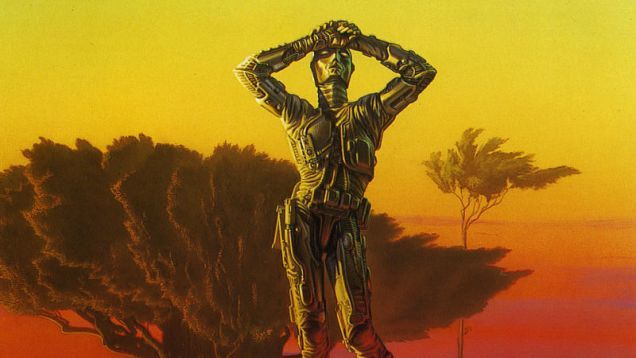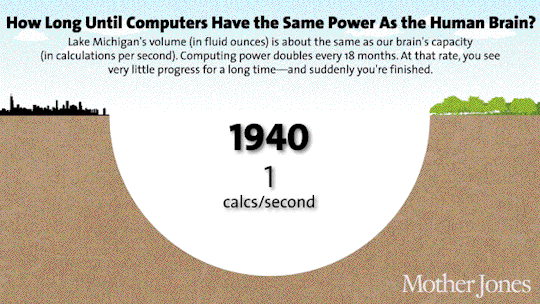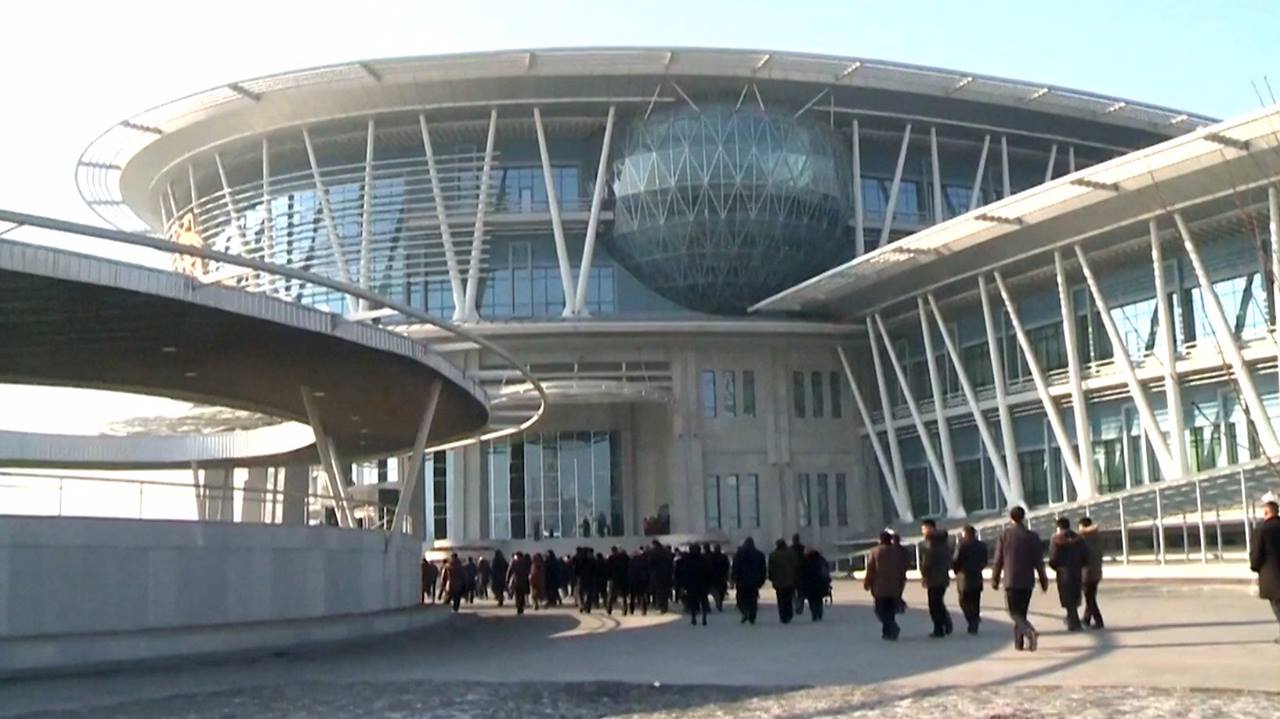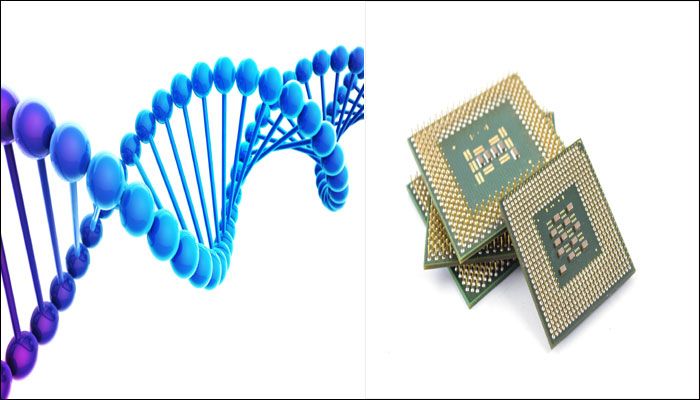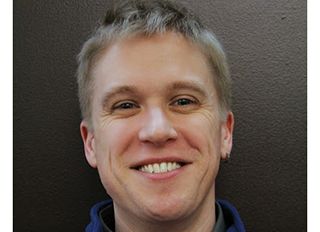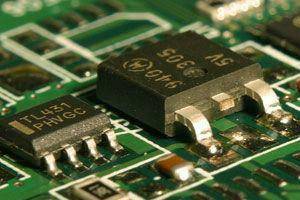Mar 14, 2016
Everything You Know About Artificial Intelligence is Wrong
Posted by Sean Brazell in categories: Elon Musk, robotics/AI
Or not.
It was hailed as the most significant test of machine intelligence since Deep Blue defeated Garry Kasparov in chess nearly 20 years ago. Google’s AlphaGo has won two of the first three games against grandmaster Lee Sedol in a Go tournament, showing the dramatic extent to which AI has improved over the years. That fateful day when machines finally become smarter than humans has never appeared closer—yet we seem no closer in grasping the implications of this epochal event.
Indeed, we’re clinging to some serious—and even dangerous—misconceptions about artificial intelligence. Late last year, SpaceX co-founder Elon Musk warned that AI could take over the world, sparking a flurry of commentary both in condemnation and support. For such a monumental future event, there’s a startling amount of disagreement about whether or not it’ll even happen, or what form it will take. This is particularly troubling when we consider the tremendous benefits to be had from AI, and the possible risks. Unlike any other human invention, AI has the potential to reshape humanity, but it could also destroy us.
Continue reading “Everything You Know About Artificial Intelligence is Wrong” »
